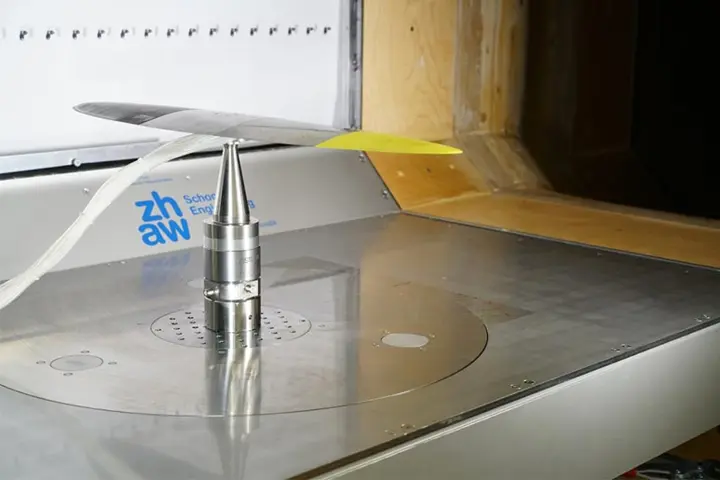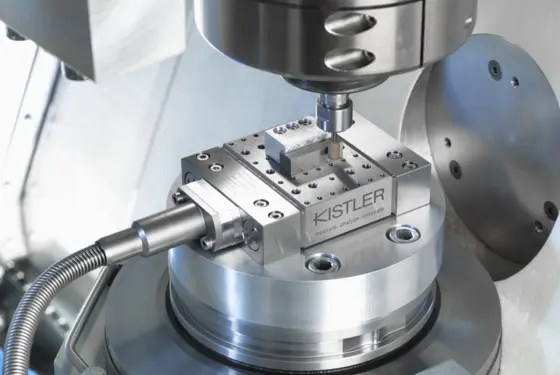A two-axis sensor does not necessarily measure the forces in two orthogonal directions but rather two different measurands (force and torque) along the same spatial axis if necessary.
How are multi-component force sensors used?
Two- and, in particular, six-component sensors are installed individually; only in this way are they fully functional and can they make full use of their compact design. Three-component force sensors are often used individually as well. If, however, additional torques are superimposed on the forces that are to be measured, e.g., through long levers, three or more sensors are used together for stability reasons. One side effect advantage of a force measurement platform or a dynamometer is that the applied torques can also be determined mathematically.
What are the advantages of multi-component force sensors?
- Complex measurements along multiple force axes
- High stiffness, which results in a high natural frequency
- Durability
- High loading capacity
- Compact design
How is a piezoelectric 2-component force/torque sensor used?
A piezoelectric two-axis force/torque sensor (miniature) is, for example, used to:
- Measure feed force and torques during drilling, thread cutting, etc.
- Monitor screwdriving processes and test bolted joints
- Test springs (torsion)
- Perform measurements on small thrust bearings, friction clutches, etc.
- Measure starting torques, flutter and torsion vibrations on small servo motors and stepper motors
- Test rotary switches and screw caps
How are piezoelectric 3-component force sensors used?
Piezoelectric 3-component force sensors made quartz measure easily, directly and exactly. They are used to measure:
- Cutting forces during machining processes
- Crash forces during crash tests
- Recoil forces of rocket engines
- Vibration and friction forces
- Ground reaction forces in biomechanics
- Vehicle forces on the road and test bench
- Forces on wind tunnel balances
How are six-axis force/torque sensors used?
A six-axis force/torque sensor measures, e.g.:
- Forces and torques when testing springs and damping elements
- Dynamic forces and torques when testing prostheses
- Forces and torques during product testing
- Dynamic forces and torques in a wind tunnel
- Forces and torques during assembly processes with robots









